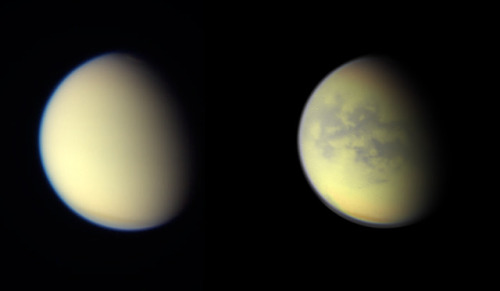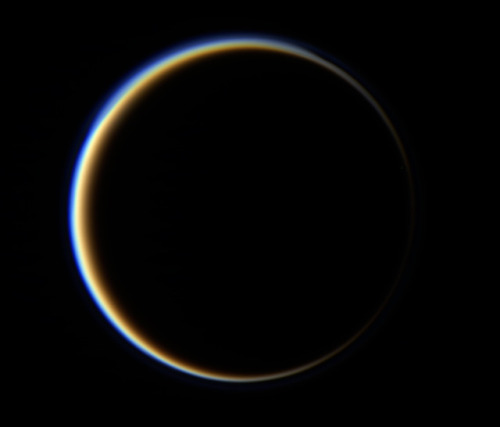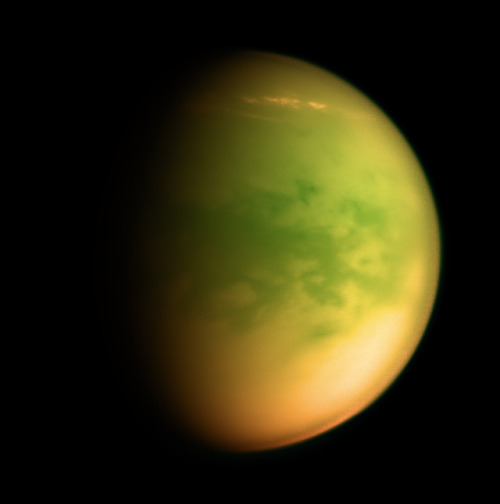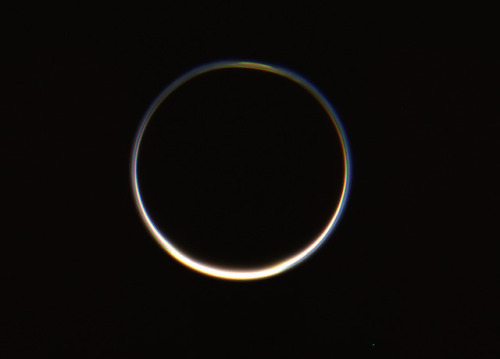Insight A System (Inner 5 Planets)
Insight A System (Inner 5 Planets)
First post of the Insight A system. Insight A is the larger or primary of Insight’s 2 stars. The Insight System is a wide-spaced binary system consisting of a type G1V and type K5V star that orbit one another at an average distance of 192.3 AU once every 2,432 years. Insight A is 1.6 times the luminosity of our sun, and Insight B just 1/6th that of our sun.
Below are the first five worlds orbiting Insight A.
Insight A-I (0.56 Earth Masses - Rocky, 0.04 AU)

Insight A-II (2.66 Earth Masses, Rocky Super Earth, 0.07 AU)

Insight A-III (13.22 Earth Mass, Ice-Giant, 0.12 AU)

Insight A-IV (41.38 Earth Masses, Ice Giant, 0.36 AU)

Insight A-V (0.14 Earth Masses, Rocky with Liquid Water, 0.69 AU)

More Posts from Sharkspaceengine and Others









Triangulum Log - Post 5 - Vista System (Planet 3)
Our journey of the Vista System now takes us to the third and largest planet in the system. This gas giant has 1.14 times the mass of Jupiter and a mean radius of 73,934 kilometers. It is much warmer than Jupiter at -41° F versus Jupiter’s -163° F, and as a result has extremely active weather patterns and a stormy atmosphere. Cloud decks are composed primarily of water-ice crystals.
The planet orbits 0.88 astronomical units from the sun, has an extensive ring system composed of silicate-rich materials, and a single large satellite. The planet’s satellite has a radius of 1,360.71 kilometers and a mass roughly 70% that of our moon. It has an average density of 4.82 g/cm³, indicating a large metal-rich core region.
Links to High Resolution Pics
Image 1 - A Giant and her rings.
Image 2 - Beautiful faint ring system.
Image 3 - Stormy Skies
Image 4 - Ring Shepard.
Image 5 - Andromeda Photobombs the rings. (High Exposure Shot)
Image 6 -Battered moon.
Image 7 - David and Goliath
Image 8 - High and Seek
Image 9 - Parting Ways

Picture of the Day 2 - November 9, 2018
Narrow sea cuts through the forests of a life supporting world with red-colored vegetation.
If the earth had rings, would we see them when it was night? It's a stupid question but still
Yes, just as the moon reflects the light of the Sun, the rings also reflect. But perhaps they would not be like the rings of Saturn, they would be smaller because the Earth has the gravity smaller than the one of Saturn to hold them and also they would not be made of ice, because they would be closer to the Sun. There is a specific point in the System Solar known as “ice line” or “snow line”. This is the point in the Solar System, where ice deposits could have survived for long periods of time. Any closer and the radiation from the Sun sublimates the ice away. Instead, the rings could be made of rock and dust.







Horns by Michal Kváč https://ift.tt/2zvtNZ1
Hey Tumblr!
I have started a new blog to share the joys of fishing and kayaking! This post is all about the best cheap kayaks for under 200 dollars. I hope some of you who are interested can find more about kayaking and fishing! Either way, it’s worth a read if you have a minute. It might just save you a few hundred dollars down the road.
Read my blog at Get Fishing Equipment










Images taken by the Cassini & Voyager spacecraft of Titan, Saturn’s largest moon. Titan is the only moon in the Solar System to have a thick atmosphere and lakes of hydrocarbons (methane and liquid ethane).
To know more about the moon Titan click here
Image credit: NASA/JPL/SSI/Cassini & Voyager ( precessed by: Kevin Gill )





R136a1 System
A visit to a more familiar system in the Large Magellanic Cloud Galaxy. The program depicts a large gas orbiting the star at a distance of 738.59 AU along with several large moons.
R136a1 is believed to be the most massive known star with a mass 315 times that of our sun. The star shines with a luminosity of 8.7 million suns. The gas giant even at its extreme orbital distance of 738.59 AU, still receives more solar radiation than Earth.
High Resolution Images
Bright Blue Sun
Inner Dwarf Planet from a moon
Outer moon.
Approaching eclipse
Double moons

Picture of the day - November 21, 2018
Small asteroid moon orbiting a gas giant.

The northern pole of a large moon orbiting the blue gas giant. The clouds like structures visible are two galaxies in the process of colliding.

Picture of the day 2 - November 22, 2019
Densely packed sky of an airless world within the M59 galaxy. The planet’s dark rings obscure some of the stars.





Triangulum Log - Blue Veil System - Post 3 (Lunar Skies)
Many of the system’s gas giants have large satellites with significant atmosphere’s. Here are some of the best views of the skies of these moons.
High Resolution Pics
Image 1 - The Great Eye in the sky
Image 2 - Double Sunset
Image 3 - Lunar Desert
Image 4 - Tranquility
Image 5 - Cold Distant Giant
-
 harmonicgamingangel22blog liked this · 6 years ago
harmonicgamingangel22blog liked this · 6 years ago -
 louisciencet91 liked this · 6 years ago
louisciencet91 liked this · 6 years ago -
 brushesnbunnies liked this · 6 years ago
brushesnbunnies liked this · 6 years ago -
 sharkspaceengine reblogged this · 6 years ago
sharkspaceengine reblogged this · 6 years ago
My Space Engine Adventures, also any space related topic or news. www.spaceengine.org to download space engine. The game is free by the way. Please feel free to ask me anything, provide suggestions on systems to visit or post any space related topic.Check out my other blog https://bunsandsharks.tumblr.com for rabbit and shark blog.
294 posts